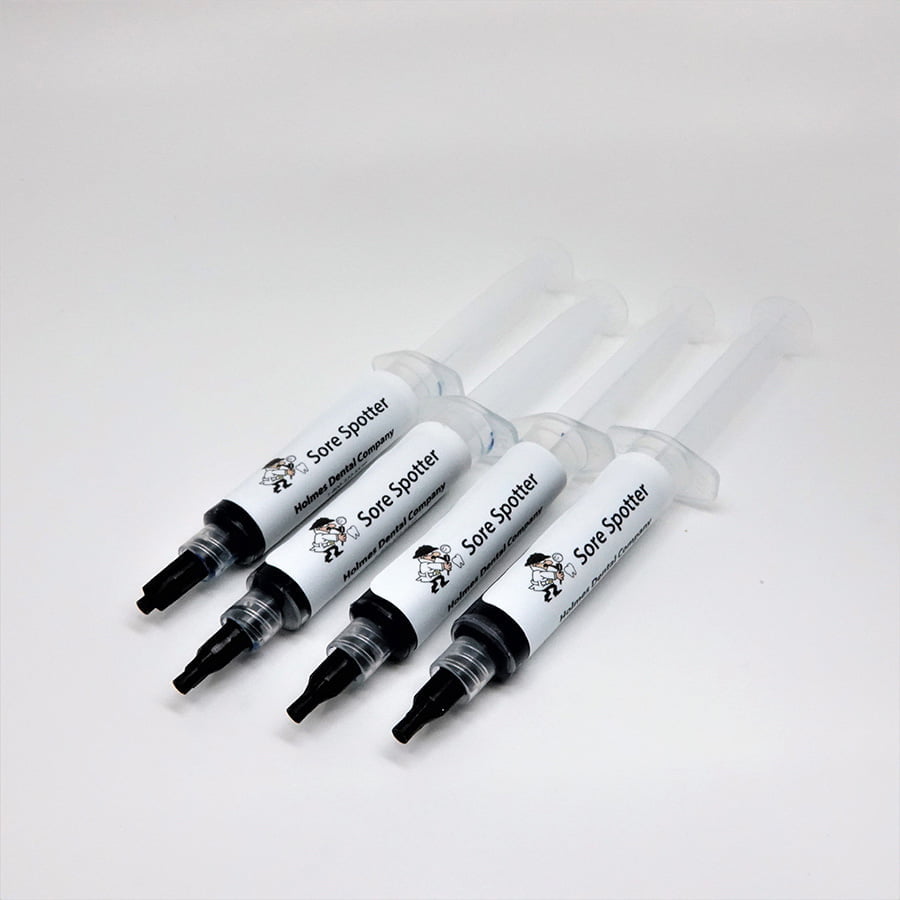Muscle relaxers are a class of medications designed to alleviate discomfort caused by muscle stiffness, spasms, and musculoskeletal tension. These drugs work by targeting the central nervous system (CNS) or directly affecting skeletal muscles to reduce pain and improve mobility. Among the commonly prescribed muscle relaxants, Carisoprodol (marketed under brand names like Pain O Soma 350 mg, Soma 350 mg, and Vanadom) stands out for its effectiveness in treating acute musculoskeletal pain.
In this comprehensive guide, we’ll explore:
- The mechanism of muscle relaxers
- How Carisoprodol (Soma 350 mg) works
- Conditions treated by muscle relaxants
- Benefits and potential side effects
- Safe usage guidelines
Understanding Muscle Stiffness, Spasms & Tension
Muscle stiffness and spasms often result from:
- Injuries (strains, sprains, trauma)
- Chronic conditions (fibromyalgia, multiple sclerosis)
- Overuse or poor posture (repetitive stress, prolonged sitting)
- Neurological disorders (spinal cord injuries, cerebral palsy)
When muscles contract involuntarily and remain tense, they cause pain, restricted movement, and inflammation. Muscle relaxers help interrupt this cycle by calming overactive nerve signals or directly relaxing muscle fibers.
How Do Muscle Relaxers Work?
Muscle relaxants fall into two main categories:
1. Centrally Acting Muscle Relaxants (Like Carisoprodol)
These drugs work on the brain and spinal cord to alter nerve signals that cause muscle contractions.
- Carisoprodol (Soma 350 mg) blocks pain sensations between nerves and the brain, producing a sedative effect that eases muscle tension.
- It is metabolized into meprobamate, a compound with anxiolytic and muscle-relaxing properties.
2. Direct-Acting Muscle Relaxants (Like Dantrolene)
These target muscle fibers directly, preventing excessive contractions. They are often used for conditions like malignant hyperthermia or chronic spasticity.
Carisoprodol (Soma 350 mg) – Mechanism & Benefits
How Does Carisoprodol Work?
- Depresses CNS activity, reducing nerve communication related to muscle spasms.
- Enhances GABA (gamma-aminobutyric acid) effects, a neurotransmitter that calms overactive nerve signals.
- Provides rapid relief (effects felt within 30 minutes to an hour).
Conditions Treated by Soma 350 mg
- Acute musculoskeletal pain (back pain, neck stiffness)
- Muscle spasms due to injuries
- Post-surgical muscle discomfort
Benefits of Carisoprodol
✔ Fast-acting relief from muscle stiffness
✔ Improved mobility and flexibility
✔ Short-term pain management without long-term dependency (when used as prescribed)
Potential Side Effects & Risks
While Carisoprodol (Soma 350 mg) is effective, it may cause:
- Drowsiness or dizziness (avoid driving or operating machinery)
- Headache or nausea
- Dependence or withdrawal symptoms may occur if misused
- Allergic reactions (rash, swelling)
Who Should Avoid Carisoprodol?
- Patients with porphyria or liver/kidney disorders
- Those with a history of substance abuse
- Pregnant or breastfeeding women (unless prescribed by a doctor)
Safe Usage Guidelines for Soma 350 mg
To maximize benefits and minimize risks:
✅ Follow the prescribed dosage (usually 250–350 mg, 3 times daily).
✅ Avoid alcohol and CNS depressants (increases sedation risk).
✅ Use only for short-term relief (2–3 weeks, unless directed otherwise).
✅ Do not abruptly stop—taper off under medical supervision.
Alternative Treatments for Muscle Pain
For those seeking non-pharmacological options:
- Physical therapy (stretching, strengthening exercises)
- Heat/cold therapy (reduces inflammation and stiffness)
- Massage and acupuncture (promote relaxation and blood flow)
- OTC pain relievers (NSAIDs like ibuprofen for mild pain)
Conclusion: When to Consider Muscle Relaxers
Carisoprodol (Soma 350 mg, Pain O Soma 350 mg) is an effective short-term solution for acute muscle pain and spasms. By calming overactive nerve signals, it provides relief from stiffness and improves mobility. However, due to its sedative effects and potential for dependence, it should be used cautiously under medical supervision.
For chronic muscle conditions, a combination of physical therapy, lifestyle adjustments, and alternative treatments may offer long-term benefits. Always consult a healthcare provider before starting or stopping muscle relaxants.




